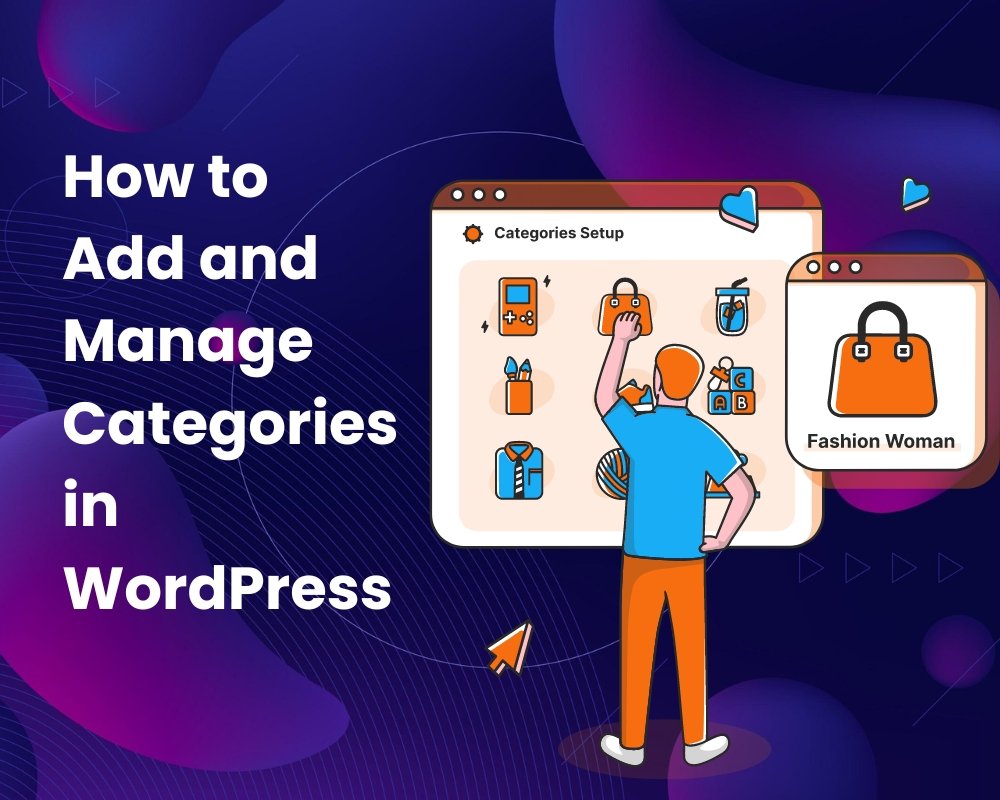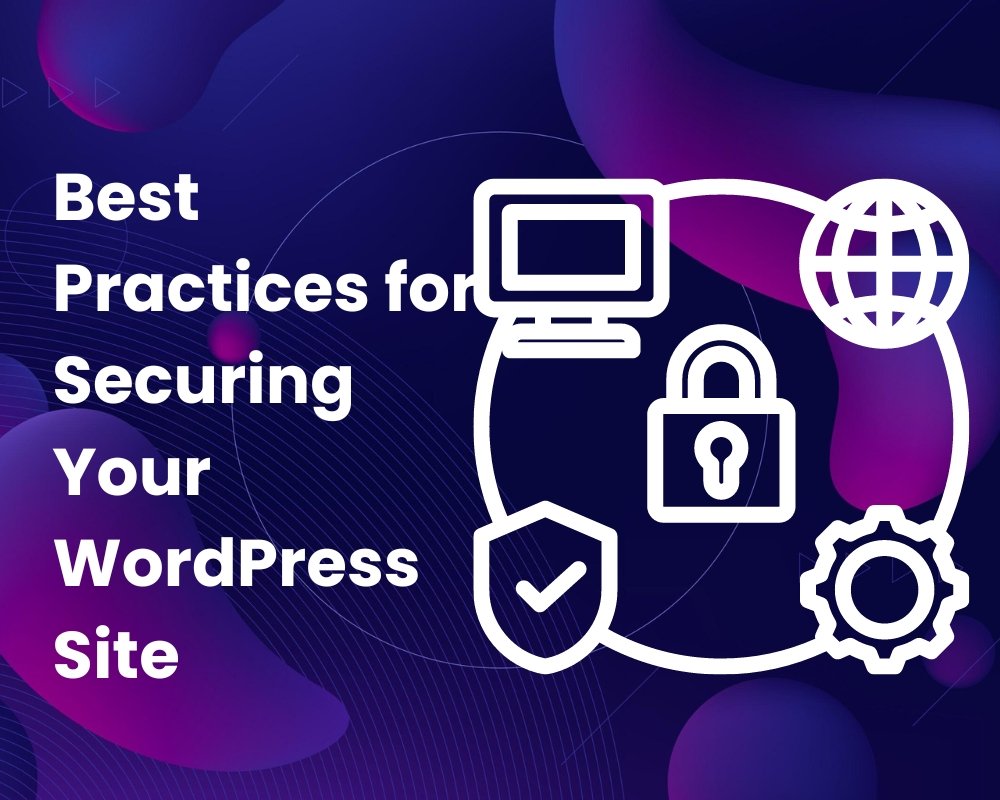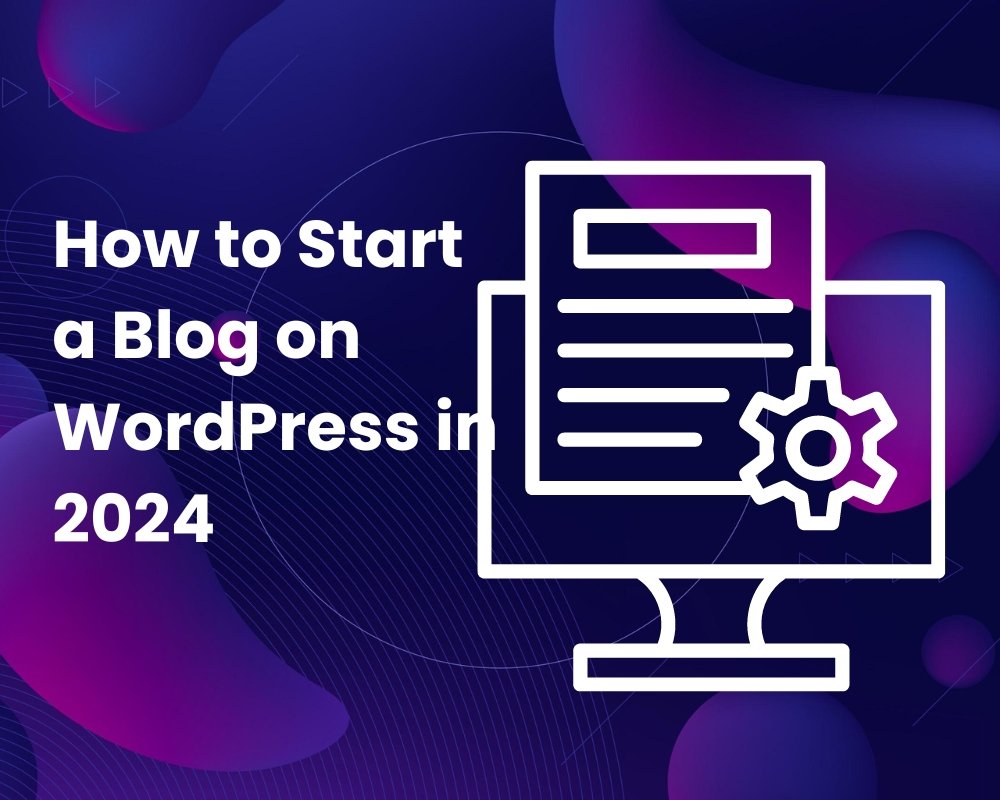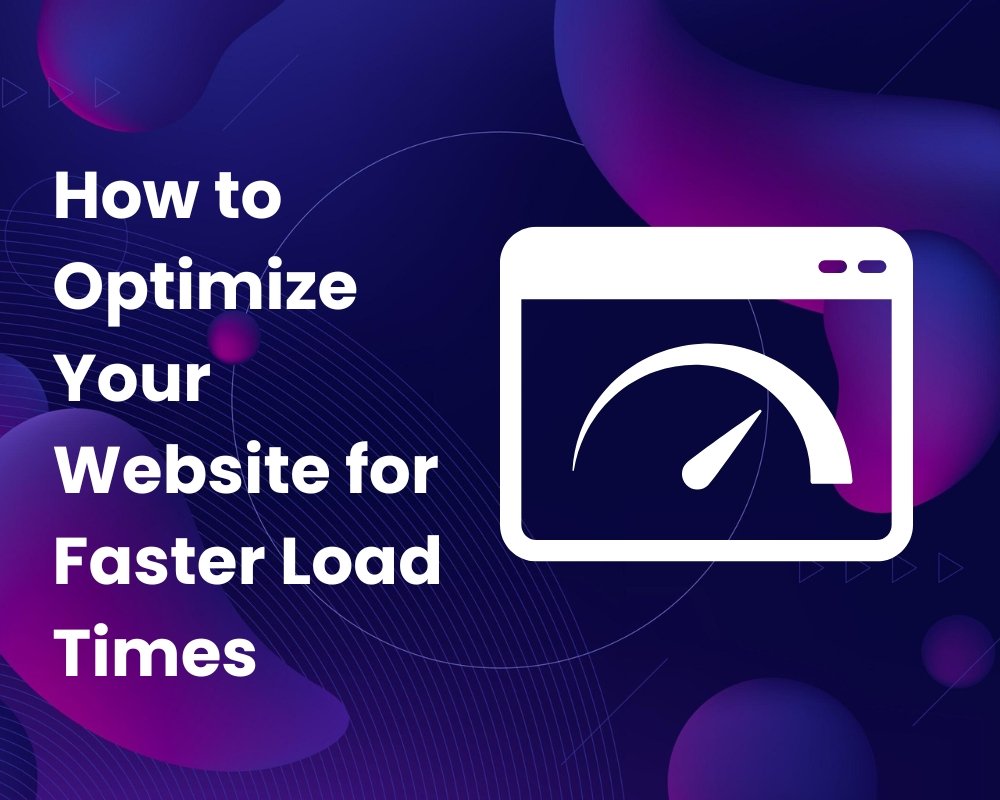Choosing the Perfect WordPress Theme for Your Website
Need Assistance with Website creation?
Need support in crafting your website? We’re here to help! Our expertise ensures seamless development tailored to your needs.
Latest elementor templates
-
 NEW!Contenor
NEW!Contenor -
 NEW!tradepro
NEW!tradepro -
 NEW!podnest
NEW!podnest -
 NEW!artistry
NEW!artistry -
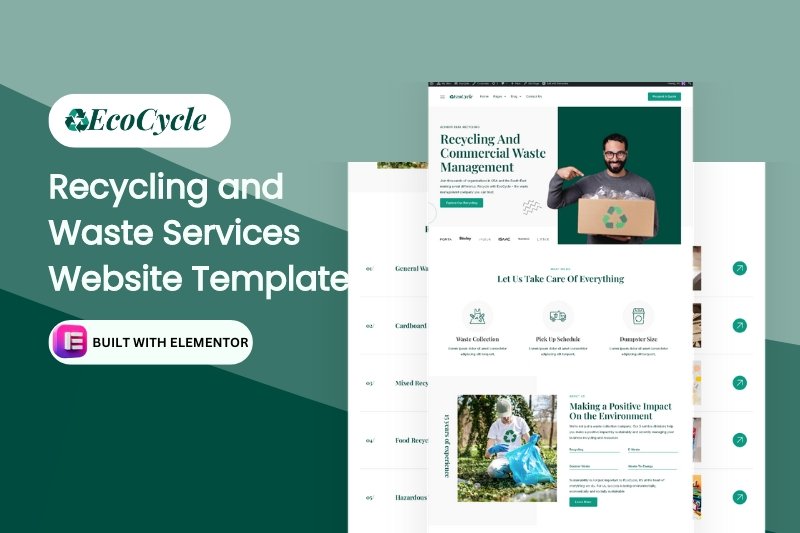 NEW!ecoCycle
NEW!ecoCycleRecycling and Waste Services Website Template
$28.00in Business, elementor pro Templates, Environmental... -
 NEW!silkroad
NEW!silkroad -
 NEW!novale
NEW!novale -
 NEW!insectfree
NEW!insectfree
Template categories
- Blog/Magazine (17)
- Corporate (169)
- Creative (37)
- Art (11)
- Photography (6)
- Portfolio (21)
- Education (19)
- elementor pro Templates (281)
- Free Templates (16)
- Miscellaneous (21)
- Non-profit (5)
- Environmental (2)
- political (1)
- Real Estate (15)
- Restaurants & Cafes (13)
- Retail (84)
- Children (5)
- Fashion (10)
- Food (19)
- Health & Beauty (22)
- Technology (32)
- Woocommerce (48)
Need Assistance with Website creation?
Need support in crafting your website? We’re here to help! Our expertise ensures seamless development tailored to your needs.

Choosing the Perfect WordPress Theme for Your Website
When it comes to creating a website using WordPress, one of the most important decisions you’ll make is choosing the right theme. Your theme sets the tone for your website, affects its functionality, and plays a crucial role in the overall user experience. With thousands of themes available, it can be overwhelming to find the perfect one. But fear not! In this article, we’ll guide you through the process of choosing the perfect WordPress theme for your website.
1. Define Your Website’s Purpose and Goals
Before diving into the world of WordPress themes, it’s essential to have a clear understanding of your website’s purpose and goals. Are you creating a blog, an e-commerce store, a portfolio, or a corporate website? Knowing your website’s purpose will help you narrow down your options and find a theme that aligns with your objectives.
Consider the features and functionality you’ll need to achieve your goals. Do you require a theme that supports specific plugins or integrates with certain services? Make a list of the must-have features to ensure that the theme you choose meets your requirements.
2. Consider Your Branding and Design Preferences
Your website is an extension of your brand, so it’s important to choose a theme that reflects your branding and design preferences. Look for a theme that allows you to customize colors, fonts, and layouts to match your brand identity.
Consider the overall design aesthetic you want to achieve. Do you prefer a clean and minimalistic look or a bold and vibrant design? Take the time to explore different themes and their demo sites to get a sense of their design options. Remember, a visually appealing website can leave a lasting impression on your visitors.
3. Ensure Responsiveness and Mobile-Friendliness
In today’s mobile-centric world, having a responsive and mobile-friendly website is crucial. More and more people are accessing the internet via their smartphones and tablets, so your website needs to look and function flawlessly across different devices.
When choosing a WordPress theme, check if it is labeled as “responsive” or “mobile-friendly.” This means that the theme is designed to adapt to different screen sizes and provide an optimal user experience on all devices. You can also test the theme’s responsiveness by previewing it on different devices or using online tools like Google’s Mobile-Friendly Test.
4. Evaluate the Theme’s Performance and Speed
Website performance and speed are vital for user satisfaction and search engine optimization. A slow-loading website can lead to higher bounce rates and lower search engine rankings.
Before choosing a WordPress theme, research its performance and speed. Look for themes that are optimized for performance and follow best practices for coding and optimization. You can check the theme’s performance by reading user reviews, testing its demo site on various speed testing tools, or using plugins like GTmetrix or Pingdom.
5. Check for Theme Support and Updates
When selecting a WordPress theme, it’s important to consider the level of support and updates provided by the theme developer. A theme with regular updates ensures compatibility with the latest version of WordPress and security patches.
Check the theme’s documentation and support forums to see if the developer provides timely support and addresses user issues. Look for themes that have a dedicated support team or an active community of users who can help you troubleshoot any problems that may arise.
6. Review User Reviews and Ratings
Before making a final decision, take the time to read user reviews and ratings of the themes you’re considering. User reviews can provide valuable insights into the theme’s pros and cons, ease of use, and overall user satisfaction.
Look for themes with positive reviews and high ratings. Pay attention to any recurring complaints or issues mentioned by users. This will give you a better understanding of what to expect from the theme and help you make an informed decision.
7. Consider Premium Themes for Advanced Features
While there are many free WordPress themes available, premium themes offer additional features, customization options, and dedicated support. If your budget allows, consider investing in a premium theme that aligns with your website’s needs and goals.
Premium themes often come with advanced functionality, such as e-commerce integration, page builder compatibility, and extensive customization options. They are also more likely to receive regular updates and support from the theme developer.
Conclusion
Choosing the perfect WordPress theme for your website is a crucial step in creating an online presence that aligns with your goals and reflects your brand. By defining your website’s purpose, considering your branding and design preferences, ensuring responsiveness and mobile-friendliness, evaluating performance and speed, checking for theme support and updates, reviewing user feedback, and considering premium options, you’ll be well-equipped to make an informed decision.
Remember, your website’s theme is not set in stone. You can always switch to a different theme if you find that it no longer meets your needs or preferences. So, take your time, explore different options, and choose a WordPress theme that sets your website up for success.
SHARE:


